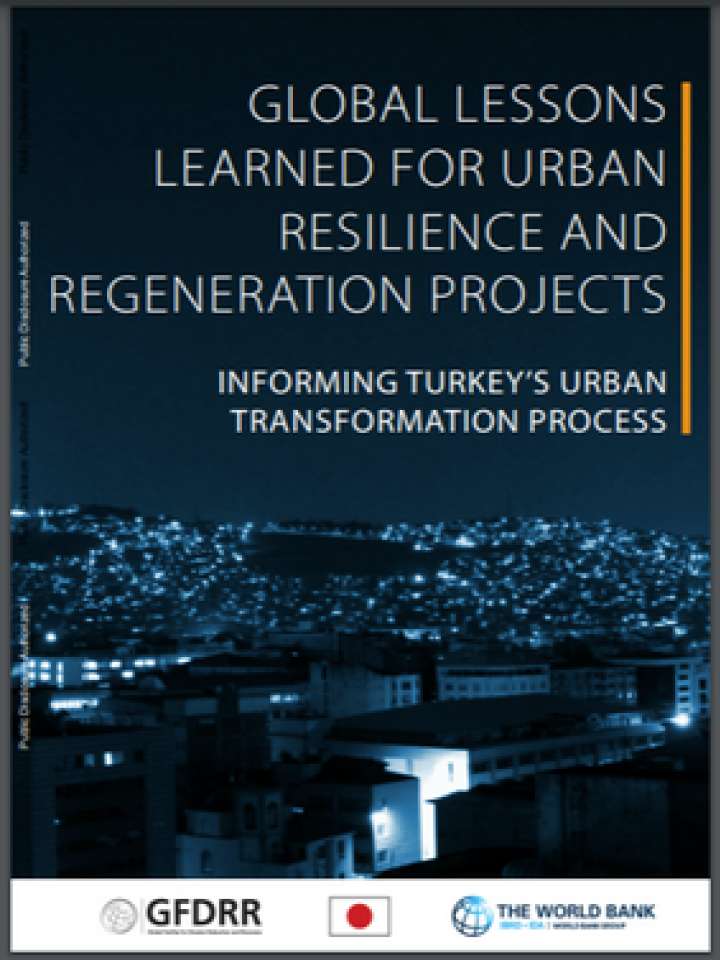Global lessons learned for urban resilience and regeneration projects: informing Turkey’s urban transformation process
This note summarizes the findings of a review of case studies and good practices ranging from high- to middle-income countries and focuses on four main areas: Assessing multi-hazard risks, the use of an area-based approach for urban resilience and upgrading, engagement with the private sector to expand access to financing, and the importance of engaging systematically with families living in hazard prone areas targeted for urban transformation programs to build resilience. Over the last decade, Turkey has initiated several regulatory and institutional reforms to better mitigate.
On the policy front, there are some challenges including coordination across agencies, adhoc determinations of transformation zones, gentrification and displacement, housing affordability, community participation and uncertainties around tenant’s rights. On the financing front, given the scale of urban transformation in Turkey, a review of existing funding mechanisms is needed. The current financing models for urban transformation in Turkey include the following: flatfor-land basis model, build-transfer-sell model, and seeking public-private partnership opportunities. Urban transformation projects generate huge economic value; however, this value is currently not being maximized by the government. This value could be used to provide public amenities or social infrastructure and refinance other urban transformation projects across Turkey. To solve financial bottlenecks in sustaining the urban transformation process over time, the Government needs to develop a mix of financing methods to leverage private funds for enhancing options for urban transformation project. For example, at both central and municipal government levels there is a need to develop and implement proper UT value capture models.
Explore further
